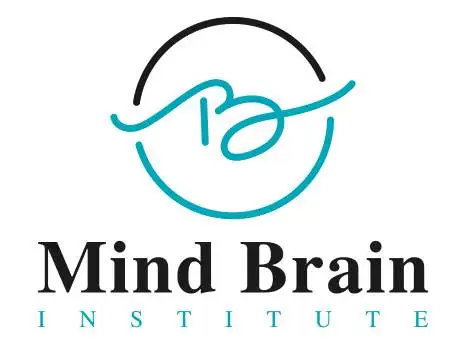
- Posted By MindBrain
- Comments 0
Uncommon Signs and Symptoms of OCD in 2024.
When most of us think about Obsessive-Compulsive Disorder (OCD) or OCD symptoms, we tend to picture endless hand-washing or perfect arranging. Although those are typical symptoms, OCD is a very broad disorder and can manifest in many different ways. The peculiar sign and symptoms may be overlooked or misread, thereby delaying diagnosis until and unless we learn to recognise them as symptoms of OCD. The purpose of this blog post is to bring these lesser-known facts about OCD into light so that people can better understand and increase their awareness.
OCD: De-stigmatizing The Stereotype
OCD symptoms consist of compulsions performed due to obsessive thoughts. But not all obsessions and compulsions are this clear. Classic notions of OCD, the disorder often associated with obsessions and compulsions over which one has little control are not always shared by those suffering from it.
Top 6 Typical OCD Symptoms
1. Pure Obsessional OCD (“Pure O”)
Description: Individuals experience intrusive, unwanted thoughts without visible compulsions.
Examples: Persistent fears about harming others, inappropriate sexual thoughts, or blasphemous ideas.
Impact: Sufferers may engage in mental rituals like excessive rumination or seeking reassurance, which are not outwardly observable.
2. Hoarding Disorder
Description: Difficulty discarding possessions, regardless of their value, leading to cluttered living spaces.
Distinction: While hoarding is now recognized as a separate disorder, it shares similarities with OCD and can co-occur.
Challenges: Hoarding can cause significant distress and impair daily functioning, yet individuals may not recognize it as a symptom of a larger issue.
3. Sensory-Based Compulsions
Description: Compulsions driven by the need to alleviate uncomfortable sensory experiences rather than fear of a specific outcome.
Examples: Touching objects symmetrically, adjusting positions until it “feels right,” or being bothered by certain textures.
Misconceptions: These behaviors may be mistaken for quirks or preferences rather than symptoms of OCD.
4. Moral or Religious Obsessions (Scrupulosity)
Description: Obsessions centered around morality, ethics, or religious beliefs.
Examples: Excessive fear of committing sins, constant need for forgiveness, or overanalyzing one’s actions for moral correctness.
Consequences: Can lead to excessive confession, prayer, or avoidance of situations that trigger these obsessions.
5. Health Anxiety (Hypochondriasis)
Description: Obsessive worry about having a serious illness despite medical reassurance.
Overlap with OCD: While health anxiety can be a standalone condition, it may also manifest as an OCD symptom, with compulsions like repeated doctor visits or body checking.
Emotional Toll: Causes significant anxiety and can strain relationships due to constant seeking of reassurance.
6. Relationship Obsessions
Description: Persistent doubts and worries about relationships.
Examples: Obsessing over whether one truly loves their partner, if the relationship is “meant to be,” or fears of infidelity without evidence.
Behavioral Patterns: May result in repeated questioning, seeking reassurance, or avoidance of commitment.
Why Atypical OCD Symptoms Are Overlooked
Lack of Awareness: Both individuals and healthcare providers may not recognize these symptoms as part of OCD.
Stigma and Shame: Intrusive thoughts, especially of a taboo nature, may cause shame, preventing individuals from seeking help.
Misdiagnosis: Atypical symptoms can be mistaken for other mental health disorders like generalized anxiety disorder, depression, or even psychosis.
The Importance of Recognition and Early Intervention in OCD Symptoms
Identifying atypical OCD symptoms is crucial for effective obsessive compulsive disorder treatment. Cognitive-behavioral therapy (CBT), an OCD therapy, particularly Exposure and Response Prevention (ERP), is effective for OCD. Medications like selective serotonin reuptake inhibitors (SSRIs) can also be beneficial.
Seek Professional Help: If you or someone you know is experiencing these symptoms, consult a mental health professional.
Educate Yourself and Others: Understanding the full spectrum of OCD and OCD symptoms can reduce stigma and promote OCD support.
Support Networks: Joining an OCD support groups can provide relief and understanding from others with similar experiences.
Conclusion
OCD is more than just cleanliness or orderliness; it’s a multifaceted disorder that can manifest in unexpected ways. By broadening our understanding of OCD’s atypical signs and OCD symptoms, we can foster a more compassionate and effective approach to those affected.
Disclaimer: This blog post is for informational purposes only and is not a substitute for professional medical advice. If you are experiencing OCD symptoms or any other mental health condition, please consult a qualified healthcare provider.


